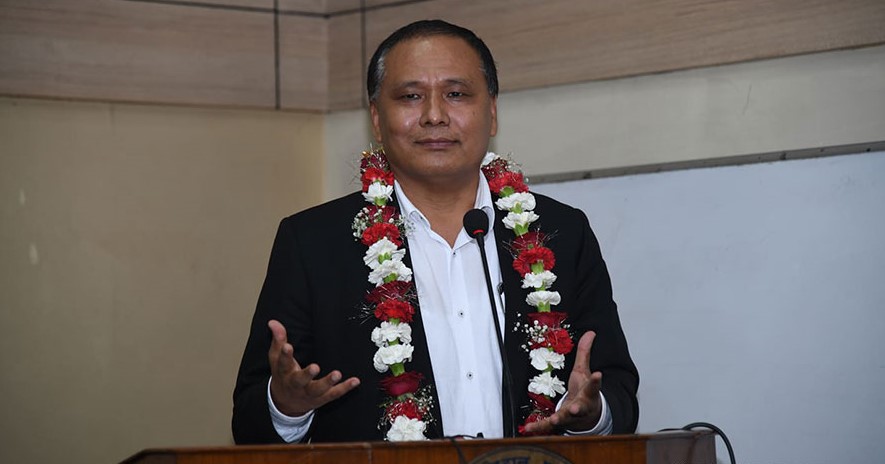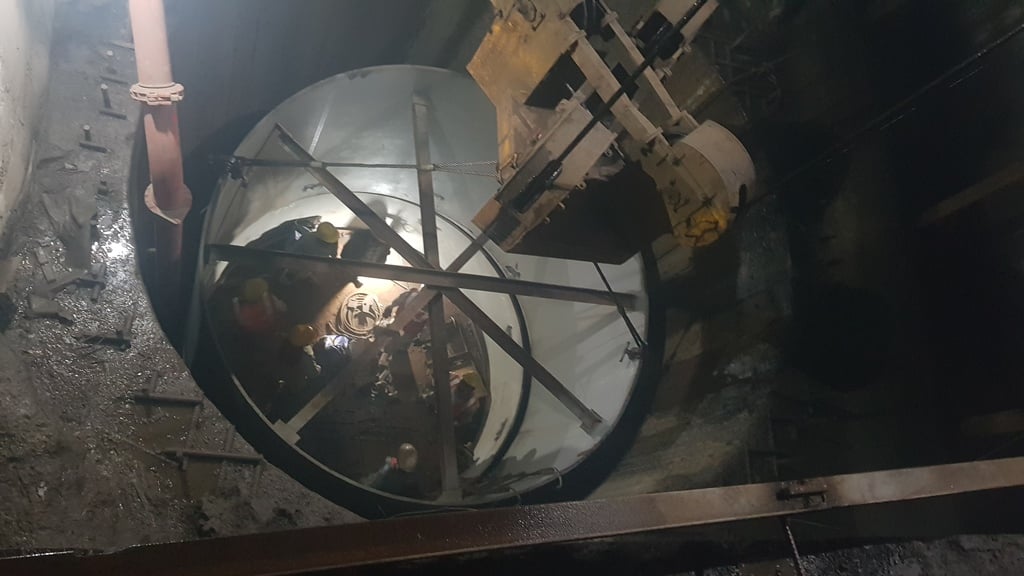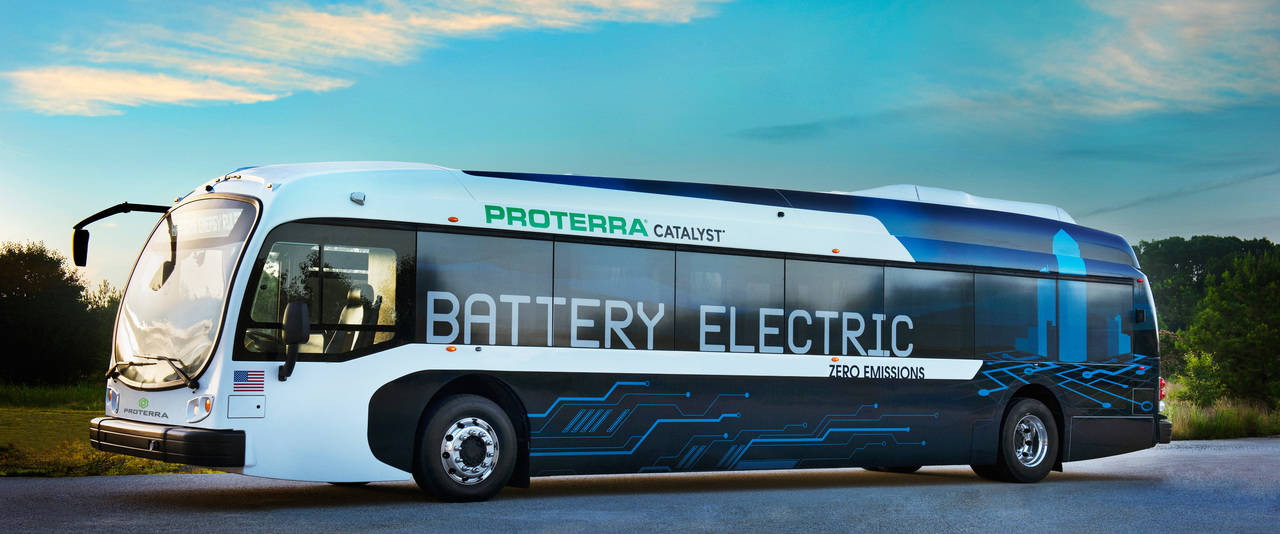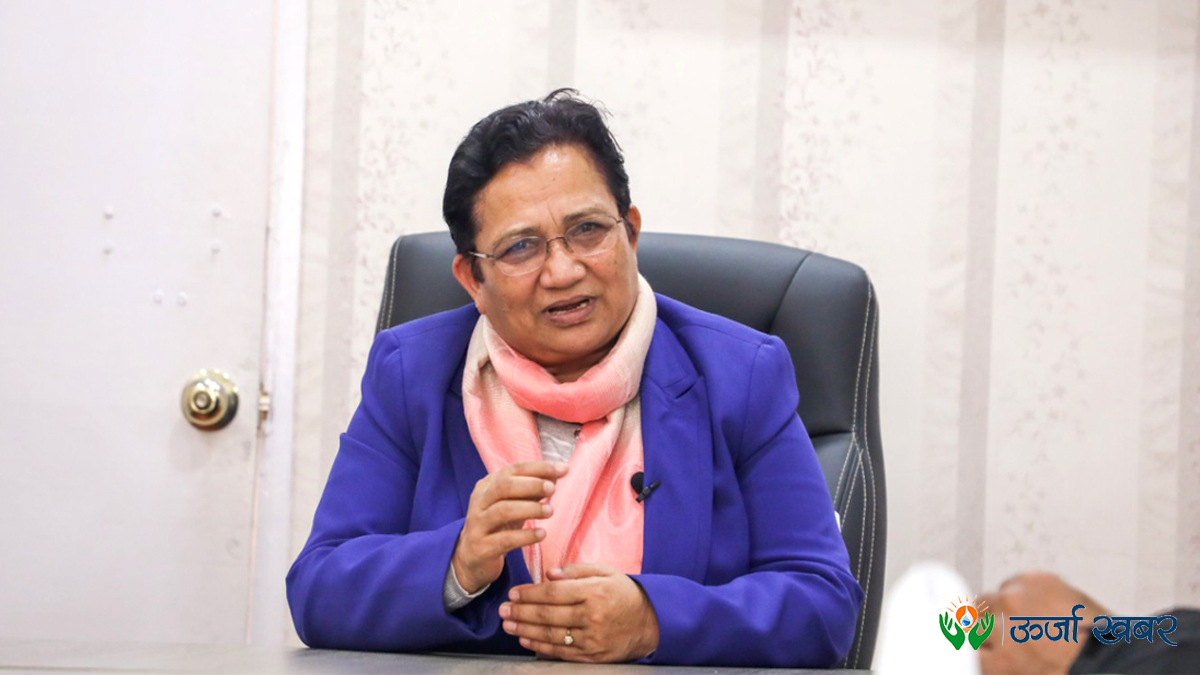Energy Update
Country Facing Energy Wastage Because Of Rickety Infrastructure, Supply Mismatch

Kathmandu: Speaking at a rally of electric vehicles organised in the Kathmandu Valley on Saturday, Managing Director of the Nepal Electricity Authority (NEA) Kulman Ghishing expressed worries that about 500 megawatt of electricity is being wasted daily in Nepal during the monsoon season.\
But sufficient electricity is not supplied to many industries in major industrial corridors and they fail to run production plants in full capacity. According to a study published by the Confederation of Nepalese Industries (CNI) a month ago, about 70 per cent industries are relying on generators to operate their plants.

The country that is said to have more than 43,000 MW hydroelectricity potential and higher if cascade projects were developed has long been unable to develop transmission infrastructure and supply stable electricity for the past many decades.
Experts, and the NEA itself, say that the current crisis of energy management is the result of failure in developing reliable transmission infrastructure in the past couple of decades. When the government opened license of hydroelectricity projects to the private sector about three decades ago, it couldn’t gauge that this day would come. “They knew that the country needed transmission and distribution infrastructure but they made no preparations, and some of the projects launched couldn’t be completed in time,” said Anup Kumar Upadhyay, former Energy Secretary.
Currently, electricity facility is expanded to about 90 per cent households across the country. However, the transmission line, sub-station and transformers that were installed many years ago are unable to bear the load of energy that is currently consumed. As a result, people are experiencing load shedding almost every other day and have managed backup power system for the blackout period.

President of the Independent Power Producers Association of Nepal (IPPAN), Krishna Prasad Acharya, said that the government missed the opportunity to launch energy consumption scheme on time. He also emphasised on the expansion of transmission network to increase the consumption of energy.
Support agriculture
Upadhyay said that while the leaders are never tired of mentioning Nepal as an ‘agrarian economy’, they never create a sound distribution system to supply power to agriculture sector for the facilities like irrigation, cold storage and processing industries.
Running cold stores will support the farmers by allowing them to store their produce till it gets a good price and helps in import substitution. Experts say that the government should speed up the programme to construct cold storage facilities across the country and develop irrigation system.
Recently, the government has announced up to 80 per cent discounts on the energy used for irrigation facilities. This step was welcomed by the private sector saying it would help to modernise and commercialise the agriculture.
Drier machines and processing of agriculture produce could be other areas of energy consumption.
Private sector involvement
Private power producers said that had they got the opportunity to export the electricity themselves, they would have managed it through business to business agreement across the border with India and even Bangladesh.
“We are just the producers and there only one buying authority and the rate is fixed. A policy should be created to allow the private sector conduct energy trade in and out of the country,” said Acharya.
Private sector enterprises are the major consumers of the energy in the country. According to the NEA, more than 57 per cent of its revenue comes from 10 per cent industrial consumers and the rest is collected from 90 per cent households.
However, power producers’ claim to facilitate cross-border energy trade is rejected by the NEA. It said that while the government efforts in the past many years had not yet proven fruitful, there is a doubt about private sector’s success in this trade.
But Chief of Load Dispatch Centre of the NEA and Spokesperson, Suresh Bahadur Bhattarai, said that the state power authority had no objection to extending the cross-border energy license to the private sector, if they were capable of doing it.
Chronic problems
Failure in creating energy transmission infrastructure is a chronic problem in Nepal.
Projects that were tendered out and went into implementation a decade ago are still facing challenges like land acquisition, forest clearance and local obstruction, Bhattarai said while adding that the donor agencies like the World Bank and Asian Development Banks have also suffered due to those challenges.
“Infrastructure development is the first condition for the energy supply and consumption and this has been the most difficult thing due to political, land and forest issues,” said Bhattarai.
There is no alternative to the expansion of high-power transmission lines to the industrial corridors to facilitate high consumption of electricity as the domestic consumption wouldn’t match with the amount of hydroelectricity that is being generated and will be produced in the next couple of years.
Bhattarai said that the country must provide electricity to the industries and promote electric transportation system including the railway to consume surplus electricity.
Although the promotion of induction cooker and other durables in the households helps in substituting the import of LP gas, stoves and generators, they don’t require much energy to consume the surplus electricity in the country.
Measures to enhance consumption
The government has recently lowered the electricity tariff for the household consumers, enterprises and irrigation facilities. It has also unveiled plan to expand the TOD meters to the households to provide discounts on the use of electricity at specific times in a day.
Likewise, different tariff rates would be applied for the dry and wet season. The government aims at electrifying the entire country in the next two years, and Minister for Energy, Water Resources and Irrigation, Pampha Bhusal, has already directed the NEA to prepare an action plan for the same.
Plans are also in the offing for installing irrigation feeder in arable land where irrigation facility is not available. Experts have also suggested rural electrification and awareness campaign as the measures to increase energy consumption.
Energy access
About 4.53 million households and 550,000 community organisations have the access to electricity from the national grid. Energy consumption in the last Fiscal Year 2020/21 was 7.31 billion units which is 12 per cent higher than the previous fiscal 2019/20.
Currently, Nepal has about 1,900 MW installed electricity capacity of which 1300 MW is from the private power producers and 600 MW from the NEA projects.
Conversation
ऊर्जा सम्बन्धी नेपालको पहिलो अनलाइन पत्रिका
- Info. Dept. Reg. No. : 254/073/74
- Telephone : +977-1-5321303
- Email : [email protected]













